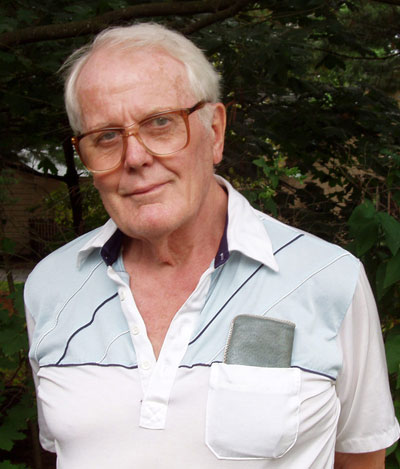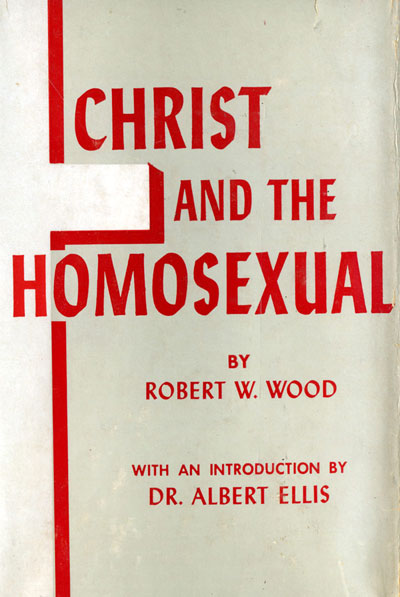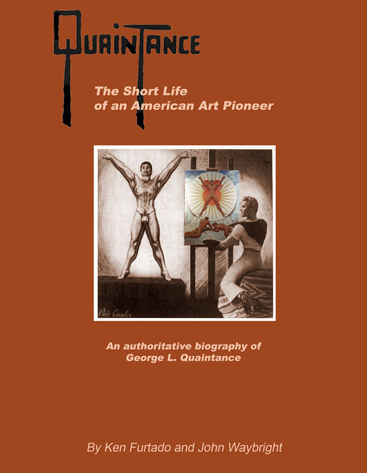 The Rev. Robert W. "Bob" Wood died Aug. 20, 2018 at his home in Concord, NH. He was 95 years old. His life warranted an obituary in the New York Times, as well as in many smaller magazines and newspapers. Here is a link to the Times obit.
The Rev. Robert W. "Bob" Wood died Aug. 20, 2018 at his home in Concord, NH. He was 95 years old. His life warranted an obituary in the New York Times, as well as in many smaller magazines and newspapers. Here is a link to the Times obit.
His obituaries tell you that he was born in 1932 and served in the U.S. Army during WWII, was seriously wounded in Italy, and earned the Combat Infantry Badge, a Purple Heart, two battle stars and a Bronze Star for heroism in combat. After the war, Wood attended the Oberlin Graduate School of Theology and was ordained as a minister in 1951.
Throughout his life, Rev. Wood was active in, and supportive of, gay causes. He was one of the first clergymen to picket for gay rights (wearing his clergyman's collar, no less) and to call for churches to sanction gay marriage. He officiated at same-sex marriages before they were legal. A charter member of the Tucson, Arizona-based Grecian Guild, Wood wrote a column for that publication called "Spiritual Exercises," designed to encourage gay men to embrace a melding of mind, body and spirit.
 In 1960, borrowing against his life insurance, Wood paid to have a few thousand copies of his book, Christ and the Homosexual, published. It was the first book ever published to use the word "homosexual" in the title and not be published using a pseudonym. Long out of print and impossible to find, Christ and the Homosexual was reprinted in 2017 and again in 2020.
In 1960, borrowing against his life insurance, Wood paid to have a few thousand copies of his book, Christ and the Homosexual, published. It was the first book ever published to use the word "homosexual" in the title and not be published using a pseudonym. Long out of print and impossible to find, Christ and the Homosexual was reprinted in 2017 and again in 2020.
Due in part to the book and in part "for the inspiration his outspoken message has given to so many," the Mattachine Society, an early gay rights organizations, honored Wood with its Award of Merit.
Wood's life partner for 27 years was Hugh Coulter, an artist and fellow WWII vet, whom he met in a leather bar in NYC in 1962. They wore matching gold rings that neither of them ever removed.
So why, you may wonder, is Rev. Wood in this blog? Once upon a time — and despite a 30-year age difference — he and George Quaintance were lovers. They met by prior arrangement in a hotel in New York City. The meeting was purely business: George had just sold his very first oil painting, Crusader, and Wood was the buyer.
Their relationship was both unplanned and short-lived. Ultimately, George had bigger fish to fry: promoting his career. In a 1953 letter that Rev. Wood shared with me, Quaintance wrote, "Business has grown to fantastic proportions and I've had to give up everything I really love — even painting — just to keep the business straight. That "everything I really love" includes you. Many people pass thru our lives. A very few leave a deep and lasting mark. You did!"
I met the Rev. Wood in 2003 when I drove to Concord, NH expressly for that purpose. We corresponded by phone and by letter until his death. I took the photo of him that appears here, and that also appears in many of his obituaries, including the one in the New York Times. I used my brand-new digital camera. Rev. Wood liked the image a lot and I provided him with an electronic copy that he used, among other things, for his 2003 Christmas card. The image became part of his estate.

